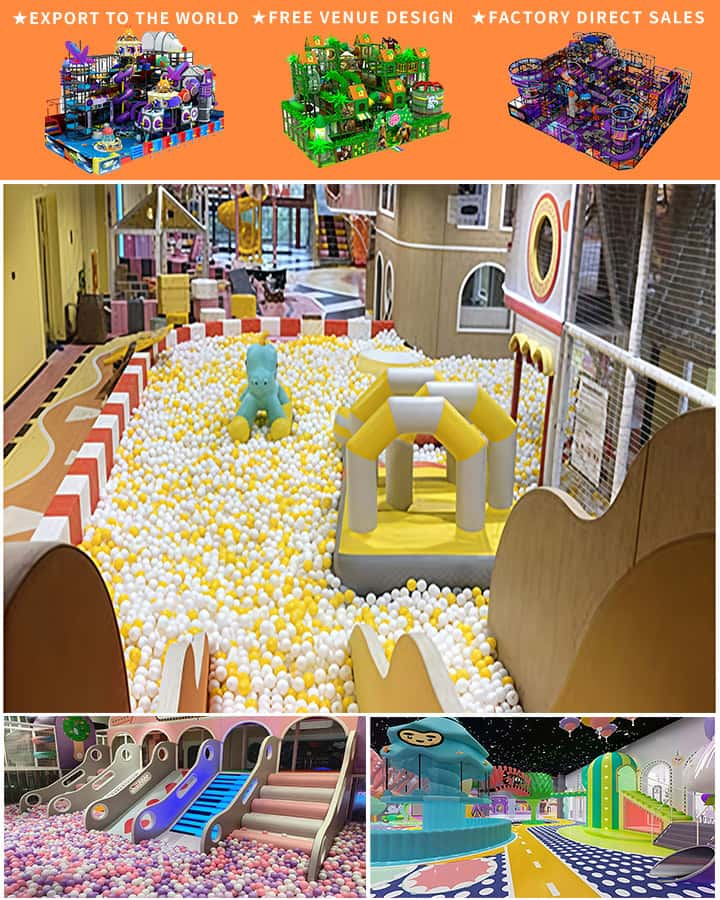In the early stages of life, play is not just a pastime but a crucial component for physical, cognitive, and emotional development. For infants and toddlers, playgrounds are more than areas to run and jump; they are spaces filled with opportunities for growth and learning. Designing playground equipment that caters to their needs requires thoughtful consideration of safety, stimulation, and developmental benefits. Here, we explore the essential elements of creating an engaging and safe infant toddler playground.
Safety First: A Foundation for Fun
Safety is paramount when designing playground equipment for infants and toddlers. At this young age, children are particularly vulnerable, and their developing motor skills mean they may fall or bump into things more often. Therefore, all equipment should be constructed from non-toxic materials that meet stringent safety standards. Surfaces should be soft and cushioned to prevent injuries from falls, and edges should be rounded to avoid any sharp points that could cause harm.
Additionally, playground structures should be low to the ground to minimize the risk of serious injury from falls. Enclosed play areas can provide a sense of security while ensuring that caregivers can monitor the children at all times. Installing safety gates around these areas can further prevent unauthorized access and ensure the playground remains a safe haven for the little ones.
Age-Appropriate Equipment

To maximize the developmental benefits, playground equipment must be age-appropriate. Infants and toddlers have different needs compared to older children. For instance, climbing structures should be simple and easy to navigate, encouraging confidence without overwhelming the child. Slides should be gentle in slope and short in length to suit the smaller statures and limited coordination of toddlers.
Interactive elements like musical instruments, spinning toys, and textured surfaces stimulate sensory development. These features encourage tactile exploration and auditory engagement, which are critical for cognitive development during these formative years. Swings designed specifically for infants and toddlers, such as bucket swings or gliders, support their posture and offer a soothing motion that aids in vestibular development.
The Role of Nature
Incorporating natural elements into playground design can significantly enhance the experience for infants and toddlers. Natural materials like sand, water, and wood provide rich sensory experiences that man-made structures cannot replicate. Sandboxes allow for creative digging and building activities, promoting fine motor skills and imaginative play. Water tables with shallow basins enable safe splashing and pouring activities, which are both fun and educational.
Green spaces with soft grass or mulch offer additional safety and a natural aesthetic that is pleasing to both children and caregivers. Planting trees around the playground creates a shaded environment that protects against the sun, making the area comfortable even on hot days.
Supervision and Community Engagement
While the physical aspects of playground design are essential, the role of supervision and community engagement cannot be overstated. Caregivers should be able to easily keep an eye on their children from multiple angles. Benches strategically placed around the playground allow parents and guardians to relax while staying vigilant.
Community programs that organize supervised playdates or group activities can foster social skills and community spirit among young children and their families. These initiatives not only provide a safer environment through increased supervision but also create opportunities for children to learn cooperation and sharing in a structured yet playful setting.
Conclusion
Designing an infant toddler playground requires a delicate balance of safety, developmental appropriateness, and sensory enrichment. By considering these factors, we can create environments where young children thrive through play. Such playgrounds become foundational spaces that support the holistic development of infants and toddlers, laying the groundwork for healthy, well-rounded individuals. As communities invest in these vital play spaces, they contribute to the early nurturing and growth of the youngest members of society.




